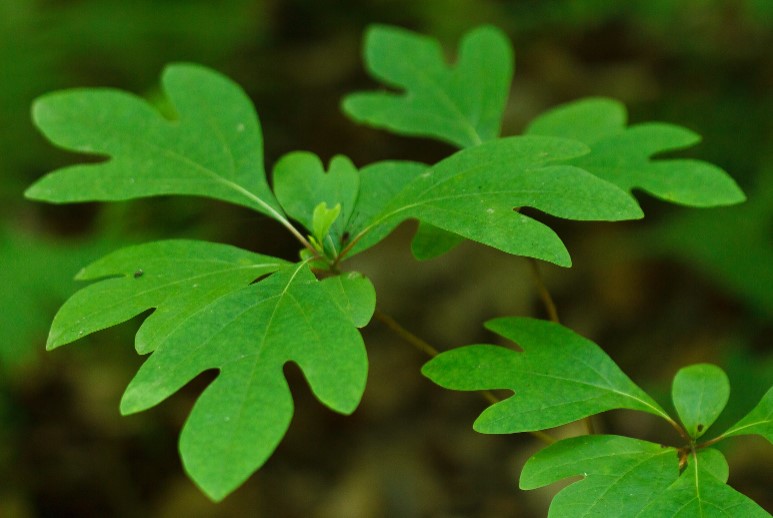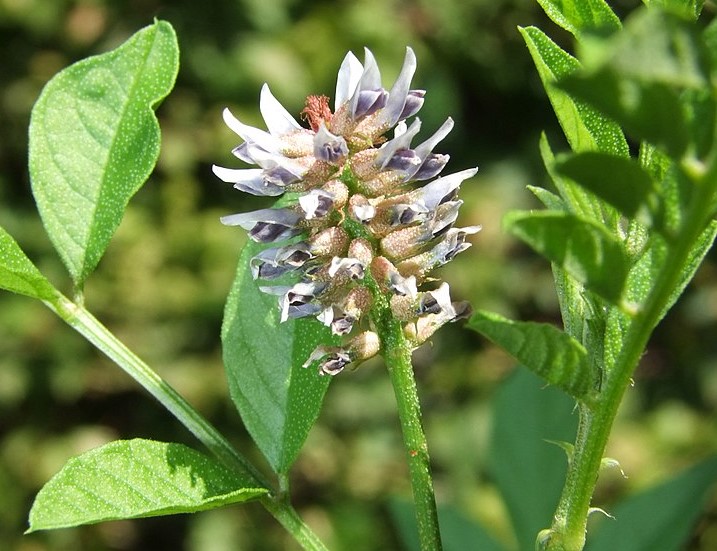COMMON NAMES: Sassafras is known as Saxifrax, saloop, ague tree, and cinnamon wood. Moreover, it is sold in some areas under the name of salap or saloop.
FEATURES: The sassafras tree is a member of the Lauraceae family, which consists of two species native to Asia, and one native to America’s east coast. Sassafras trees grow from Maine, southern Ontario, and Michigan to Texas and Florida in the U.S. and Canada. The shrub may reach 100 feet in height and 6 feet in diameter but is usually smaller and shrubby.
Dark reddish-brown bark with deep furrows, layered fractures, and short, corky cracks, with many oil cells is soft and brittle. You can see green twigs on the young branches. Sassafras’ heartwood has a deep orange-brown color and is resistant to decay. Younger shoots or twigs may have three-lobed leaves instead of mitten-shaped leaves on older branches that are bright green above. Their colors change from yellow to orange to pink and deep red in autumn. During April and early May, small greenish flowers appear. Birds eagerly eat the fruit pistils, which ripen into blue drupes. There is an aromatic, agreeable taste and fragrance to the bark.
Sassafras is credited for helping to discover America in Trees and Shrubs of Massachusetts, in 1894. Columbus was persuaded of the land’s proximity by the aroma of the trees that were blowing in the wind. In particular, safrole oil found in sassafras is no longer considered safe for human consumption.
MEDICINAL PARTS: The main medical part is Root bark. The oil and wood of the sassafras tree were both used in dentistry. Sassafras was also used as an early dental anesthetic and disinfectant because of its aromatic properties. Early toothbrushes were made from sassafras twigs or wood.







